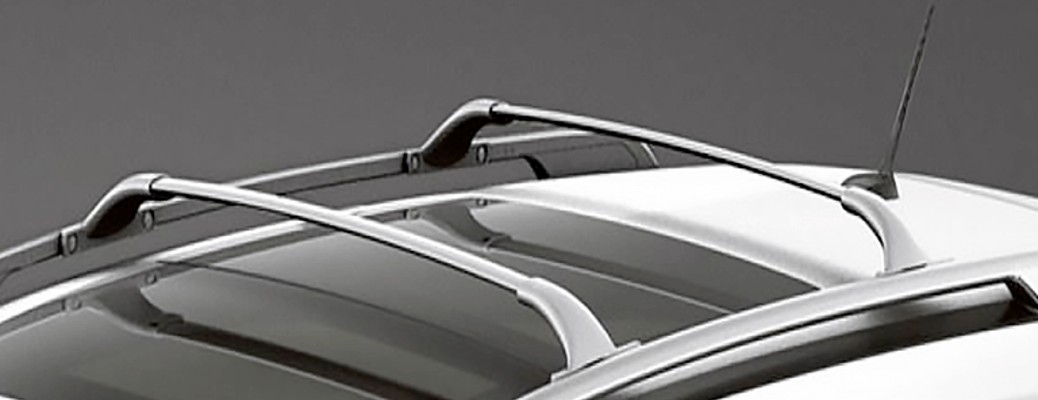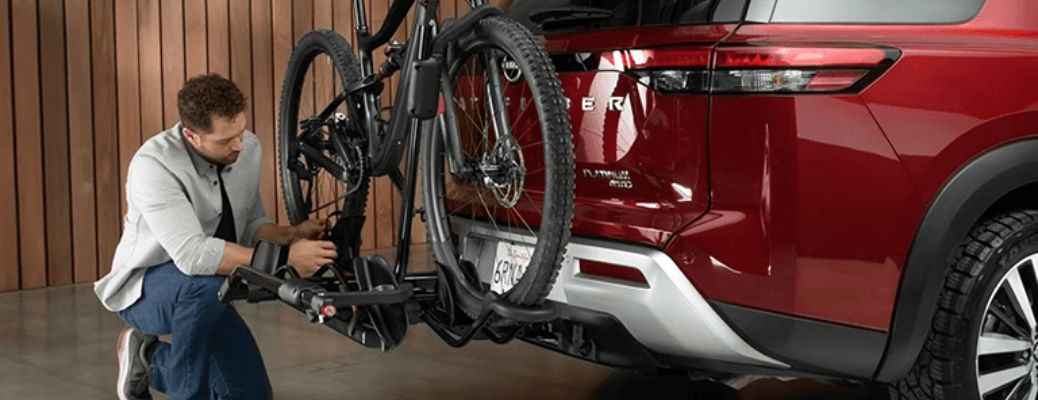When the Nissan Juke first came out in 2011, a big deal was made of its unique all-wheel drive system. It was claimed to greatly improve the handling and offer much faster cornering compared to other all-wheel drive systems. So what exactly are the advantages of the Nissan Juke torque vectoring system?
What is Nissan’s Torque Vectoring System?
The main difference between regular all-wheel drive and torque vectoring all-wheel drive is in the vehicle’s computer. Regular all-wheel drive systems simply react to road conditions by sending the power to the wheels with the most traction. Torque vectoring all-wheel drive is different because the car’s computer proactively predicts which wheels will best use the power for any situation. The following video demonstration shows what the system can do in a variety of scenarios:
So: The Nissan Juke’s torque vectoring all-wheel drive system can help you navigate roundabouts more smoothly, make you more stable when entering the highway, keep you secure during quick lane changes, and get you up slippery hills faster.
Nissan Juke Nismos in stock now >>> Check our inventory!
How Fast Can You “Ski” in a Nissan Juke RS Nismo?
But what if your job requires you to cover a mile faster than anyone else … on just two wheels? The stunt-driving technique is apparently called “skiing,” and it turns out the Juke is the perfect vehicle for it. Professional driver Terry Grant demonstrated that during the official announcement of the Juke RS Nismo this summer at the Goodwood Festival of Speed in the UK. He covered a hot mile in 2 minutes and 10 seconds on just two wheels, the two on the driver’s side.
That’s 35 seconds faster than the previous world record. We like to think the Juke’s torque vectoring all-wheel drive system had something to do with that. Contact us to try it out for yourself. On all four wheels.





